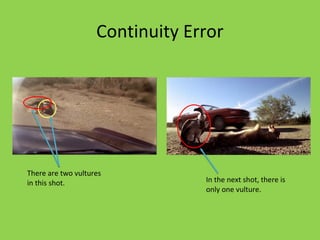The opening sequence of the crime thriller film "U Turn" introduces the main character as he drives alone through an isolated desert. Several enigmas are presented to draw the audience in, including who the character is and where he is going. Various film techniques like camera shots, lighting, editing, and sound are used to set a mid-paced and suspenseful tone. Narrative theories of Todorov and Barthes help analyze how the sequence creates disequilibrium and codes to anticipate outcomes and seek clues about the character.












































